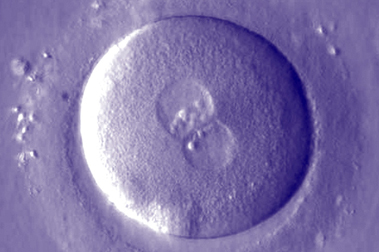
At SRMS, we feel it is of paramount importance for all patients to fully understand their chances for success. All too often we have found patients to be truly unaware of their chances for success for a given procedure performed outside of our facility. From an ethical perspective, informed consent must include the chances for success. Since some of these procedures are not covered by insurance, it becomes even more important for the patients to be aware of their probability for success. For ease of reading, it is highly recommended that each graph and/or chart be printed out for review in hard copy format along with the corresponding supplemental copy descriptions of each study. Therapeutic
Donor Insemination (TDI): 10 Years of Data (1996-2005): The chart above and graph below are further divided
with respect to procedure. TDI alone refers to the
placement of donor sperm alone during a natural cycle
(blue bars). For those that do not ovulate or are
not successful with the TDI procedure alone, oral
ovulatory agents (brown-tan bars) may be added such
as clomiphene citrate (CC). When necessary,
injectable hormones termed "superovulation"
are given to the women to induce the release of multiple
eggs increasing the probability of pregnancy (light
green bars). |
|
Intra-Uterine
Insemination (IUI) Success Rates: 10 Years of Data
(1996-2005): A few points should
be made:
IUI procedures
are commonly used to treat subfertility although this
technique has questionable use for those with tubal
disease, severe endometriosis, severe male factor
problems and women who are 44 or more years of age. |
||||||
|
||||||
| fertility@dreamababy.com | |||
| HomeAbout UsPatient EducationOur Success RatesEgg DonationSurrogacyEmbryo DonationDownload CenterContact UsWeb Site PolicyFeedbackNewsletter SignupSearchResources | |||



 This data collection includes about 500 donor sperm
procedures all captured over a 10-year time span.
This data collection includes about 500 donor sperm
procedures all captured over a 10-year time span. This data collection includes over 1100 insemination
procedures all tallied over a 10 year time span.
This data collection includes over 1100 insemination
procedures all tallied over a 10 year time span.

